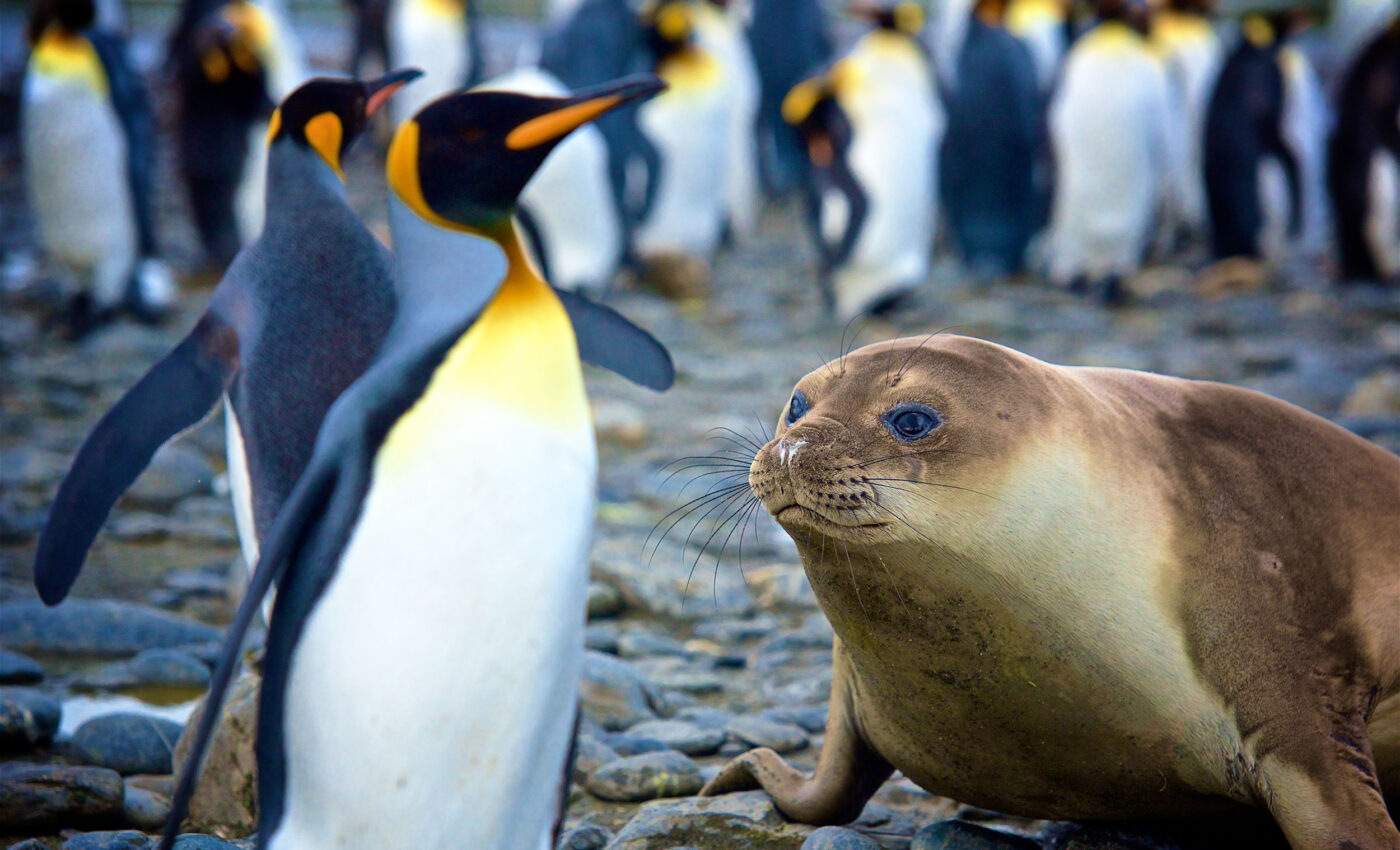
Antarctic water acidity levels will soon double, greatly harming marine life
New research from the University of Colorado Boulder has unveiled alarming projections for acidity levels of Antarctic coastal waters.
By the century’s end, the acidity in these waters could surge by over 100% compared to the 1990s, posing a grave threat to diverse marine life including whales, penguins, and numerous other species in the Southern Ocean.
Nicole Lovenduski, co-author of the study and interim director of CU Boulder’s Institute of Arctic and Alpine Research (INSTAAR), emphasized the importance of these findings.
“The findings are critical for our understanding of the future evolution of marine ecosystem health,” she stated.
Looming acidity crisis in Antarctic waters
The study highlights a worrying trend. The upper 650 feet (200 meters) of the ocean, a critical habitat for many marine organisms, is expected to experience this sharp increase in acidity.
Oceans worldwide act as buffers against climate change by absorbing nearly 30% of CO2 emissions. However, this comes at a cost.
Cara Nissen, the paper’s lead author and a research scientist at INSTAAR, pointed out, “Human-caused CO2 emissions are at the heart of ocean acidification,”
Particularly vulnerable is the Southern Ocean around Antarctica, where colder waters absorb more CO2 and unique ocean currents contribute to already acidic conditions.
How the study was conducted
Nissen, Lovenduski, and their team used computer models to simulate how the Southern Ocean’s seawater might change throughout the 21st century.
They discovered that without significant emission cuts, acidification would escalate drastically, affecting the entire water column, from surface to seabed.
The team’s focus also included Antarctica’s marine protected areas (MPAs), zones where human activities like fishing are limited to conserve biodiversity.
Despite these protections, both existing and proposed MPAs in Antarctic waters are likely to suffer significant acidification.
Under a high-emission scenario, the Ross Sea region — the world’s largest MPA — could witness a 104% rise in water acidity by 2100 compared to the 1990s. Even under a moderate emission scenario, a 43% increase is expected.
Nissen expressed her astonishment at the severity of potential ocean acidification in these areas. “It’s surprising to me how severe ocean acidification would be in these coastal waters,” Nissen said.
Harm caused by acidic waters
Water acidity in Antarctica hamper the growth of phytoplankton, crucial to the marine food chain, and weaken the shells of organisms like sea snails and sea urchins, which could have cascading effects up to top predators.
The team also examined the Weddell Sea, one of the proposed MPAs. Known for its extensive sea ice coverage, which currently shields the region from warming and CO2 absorption, the area is seen as a potential climate change sanctuary.
“The result shows that establishing the Weddell Sea region as a protected area should have high priority,” Nissen said.
However, the study indicates that as global warming progresses, melting sea ice will lead to acidification similar to other MPAs, albeit slightly delayed.
Reverse Antarctica water acidity is crucial
Nissen emphasized the urgency of establishing the Weddell Sea as a protected area.
“This study reminded me that these dynamic Antarctic coastal areas are also themselves capable of rapid change,” Lovenduski said, reflecting on the study’s implications.
“As a scientist who typically studies the open ocean, I tend to think of Antarctic coastal areas as a conduit for climate signals to reach the global, deep ocean,” Lovenduski concluded.
The research concludes with a stark warning: only an aggressive reduction in CO2 emissions can prevent severe ocean acidification in the Southern Ocean.
“We still have the opportunity to choose our path regarding emissions, but time is running out,” Nissen cautions.
In summary, this study serves as a critical call to action, underscoring the urgent need for global cooperation in reducing emissions to protect these vital ecosystems.
The full study was published in the journal Nature Communications.
—–
Like what you read? Subscribe to our newsletter for engaging articles, exclusive content, and the latest updates.
Check us out on EarthSnap, a free app brought to you by Eric Ralls and Earth.com.
—–













